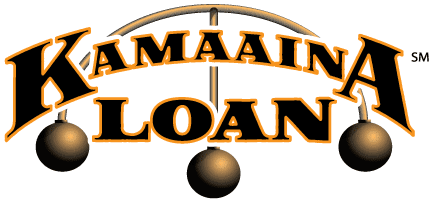I paid $4.60 for gas yesterday morning and this morning it’s up another 6 to 10 cents. Like you, I have read all the reasons why the price is up, and heard all the nostrums for making it go back down. Except one. The real one.
Yes, it’s true that demand in China and elsewhere is pushing prices up, and that restrictions on deliveries from, eg, Iran are pushing prices up. And that sluggish economic activity in Europe pushes it down.
Those are world forces, and despite the ravings of the Republicans, nothing the United states could do can or will have any significant effect.
But this is not the world, it’s America, and prices are rising in America for specifically American reasons: the unhindered stock market is the culprit. And, no, I don’t mean speculation.
In a world market as big as oil, speculation cannot have more than minor and transient effects. Nobody can corner oil.
The character of the American gasoline system has changed fundamentally over the past couple of decades.
It used to be that when world crude prices rose, that was wonderful for owners of oil wells, but not so wonderful for owners of refineries. The world price of crude is almost always more elastic than the price American motorists are willing to pay for gas. When prices rise, use declines and refiners get squeezed.
It used to be that a large fraction of American gasoline came from integrated companies that owned wells, refineries and, often, distribution networks.
Big Oil, say Exxon, didn’t see its profits zoom quite as much when crude rose, but it didn’t see its margins shrink quite as much when crude fell, either. The system was damped.
Wall Street plungers – and excutives who get paid according to what their stock did this quarter – hated this. It was really hard to goose the stock price.
Integrated oil companies broke themselves up. They sold off their refineries, so that the largest refiner is not Exxon or Chevron, but a company nobody ever heard of, Valero.
Few American business managers really believe in the business cycle, and nobody on Wall Street does. The people who bought Valero don’t, although if they are paying attention, they ought to be changing their minds.
.
A couple of years ago, when demand was down, Valero and other exclusive refiners saw their profits melt. They did what industrial companies usually do: laid off workers and shut down production lines.
Only, for a variety of reasons, refineries are not like widget assembly lines. They are hard to restart once abandoned.
The managers of Valero and the other refiners were too stupid to imagine that, hey, demand for gas might go up again, and pretty soon. When you are managing by quarters, you cannot afford to think 5 or 6 quarters ahead.
So, the economy improves somewhat and demand for gas rises somewhat (a very small thanks to the Obama administration, which has not done much to help the revival but at least has avoided Republican nostrums that would prevent it from recovering ever).
Eh, voila! We have not a shortage of oil – the country is producing more than ever, despite the lies told by Mitt Romney – but a shortage of refineries.
This is what unregulated markets do. Under Bush II, they crashed the financial system. Obama, more’s the pity, did not do anything to regulate petroleum (and, truth to tell, it’s hard to see how this particular exchange of assets could be regulated), and now they have crashed the domestic gasoline supply system.
A self-inflicted wound.
